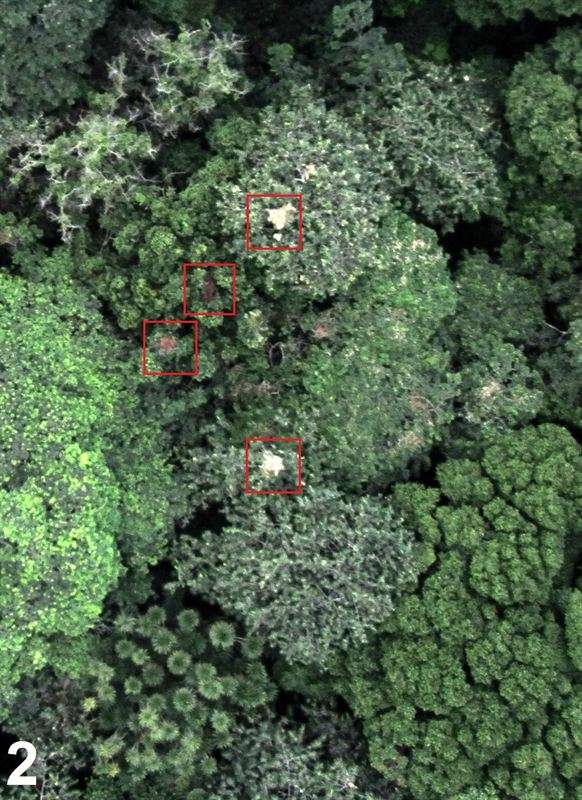Despite earlier news that drones hindered firefighter efforts in California, they do have their upsides. Researchers have found drones to be helpful in conservation efforts to save endangered chimpanzee populations: camera-equipped drones have tracked nests where chimpanzees are located, which has assisted in helping researchers conserve their diminishing inhabitants.
The International Union for Conservation of Nature (IUCN) classified chimpanzees as endangered as their population numbers have significantly decreased over the last two decades.
Drones have not only helped to save the chimpanzees, but have also rid Australia’s rainforests of unwanted weeds and warded off poachers in Africa looking to kill and capture wildlife. They have also helped to monitor killer whales in North America.
Previous types of monitoring necessitated high expenses and time-consuming ground surveys that required researchers to often walk around on foot and count these nests. They were also required to venture deep in the forest where these populations lived in order to identify changing environments and why population was the lowest.
Researchers were unsure if using drones to take aerial shots would work as chimpanzees are often nestled deep in the canopies of trees but the results of the drone shots proved remarkably beneficial.

Researchers used cost-efficient drones to capture a number of photos in a 20-minute flight over an area which would have previously taken surveyors hours to cover. The shots taken were visible and allowed for researchers to accurately see the nests.
“The results of this study show that drones can be a new tool to determine faster whether chimpanzees are present in a certain area,” said Alexander van Andel from the IUCN and one of the study's co-authors. “In addition the study shows that habitat suitability can be determined by drones by identifying tree species which are important in the chimpanzee diet.” Case in point, the new technique could save both time and money.
Source: Gizmag
Advertisement
Learn more about Electronic Products Magazine





